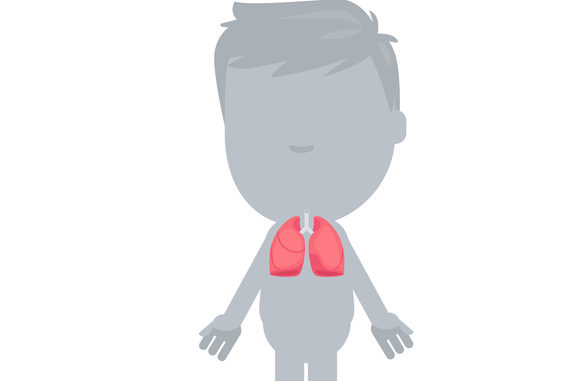
An estimated 3.4m children learn in an unhealthy environment, says charity behind research
This is an edited version of an article that originally appeared on The Guardian
Millions of British children attend schools where air pollution is worse than the World Health Organization limit, campaigners have said.
An analysis found that more than a quarter of schools, from nurseries to sixth-form colleges, were in locations with high levels of small particle pollution; this means an estimated 3.4m children are learning in an unhealthy environment, said Global Action Plan (Gap), the charity behind the research that was released on Clean Air Day.
Tiny pollution particles, called PM2.5, are particularly dangerous as they not only harm the lungs but can pass into the bloodstream and affect many other parts of the body. Developing bodies are especially vulnerable, and dirty air has already been linked to increased asthma, obesity and mental disorders in children.
“Schools should be safe places of learning, not places where students are at risk of health hazards,” said Dr Maria Neira, director at the World Health Organization. “These figures are unequivocally too high and harming children’s health. There is no safe level of air pollution and, if we care about our children and their futures, air pollution limits should reflect WHO guidelines.”
A second report, by experts at the University of Manchester, also highlighted the danger to children’s health from air pollution, which it said has recently been linked to increasing cognitive impairments, including ADHD.
Prof Martie Van Tongeren said urgent action was needed to cut pollution to prevent cognitive decline and neurodegenerative diseases in young people. “Children face a considerably higher risk of neurological impacts from air pollutants. These can transfer to the bloodstream in the lungs and travel to other parts of the body, including the brain, or may travel directly to the brain through the olfactory nerve in the nose.”
Polluted schools across the country
The highest number of polluted schools identified in the analysis by Gap are in the populous London and south-east regions, but there are polluted schools across the country, with nearly 300 in Manchester postcodes M1 to M9, and in Portsmouth postcodes PO1 to PO9. There are also more than 200 such schools in the first nine Leicester and Ipswich postcodes.
The analysis combined 2019 data from the air quality company EarthSense with the locations of schools in England, Scotland and Wales. Air pollution levels fell during COVID-19 lockdowns, but is expected to largely return to previous levels.
The research found almost 8,000 schools are in locations above the WHO’s annual average limit for PM2.5 of 10 μg/m3 – the UK legal limit is 25 μg/m3. In April the coroner who found that air pollution was a cause of the death of nine-year-old Ella Adoo-Kissi-Debrah in 2013 said the UK limit should be lowered to the WHO level. The WHO limit was set in 2005 but may be lowered further in new guidelines expected in September, New Scientist reported recently.
PM2.5 particles are produced by traffic, wood-burning stoves and farm emissions. In its 2019 Clean Air Strategy, the government said, ‘We will reduce PM2.5 concentrations across the UK so that the number of people living in locations above the WHO guideline level is reduced by 50% by 2025’.
Sarah Hannafin, at the National Association for Head Teachers, said, “The impact of the pandemic on children has been huge; we need to do everything we can to make sure we safeguard their futures. One vital way of doing that is to ensure they return to a safe, clean and healthy environment where they can learn, play and thrive.”
“Emissions of fine particulate matter have fallen by 11% [since 2010],” said a spokesperson for the Department for Environment, Food and Rural Affairs. “However, we know there is more to do. We are continuing to deliver a £3.8bn plan to clean up transport and tackle NO2 pollution.” A consultation on new targets for PM2.5 and other pollutants will launch early next year, he said, with the aim of setting new targets in legislation by October 2022.
In September, research commissioned by Asthma UK and the British Lung Foundation found that many schools were in areas with dangerously high levels of particle pollution. In 2017 The Guardian revealed that thousands of schools in England and Wales were in locations with illegal levels of nitrogen dioxide, a pollutant produced by diesel vehicles. NO2 levels have been illegally high in most urban areas since 2010, and the government has lost three times in court over the adequacy of its plans to reduce pollution levels.
Gap says schools, parents and children could lobby local and national politicians to take action, as well as walking or cycling to school wherever possible.

Be the first to comment